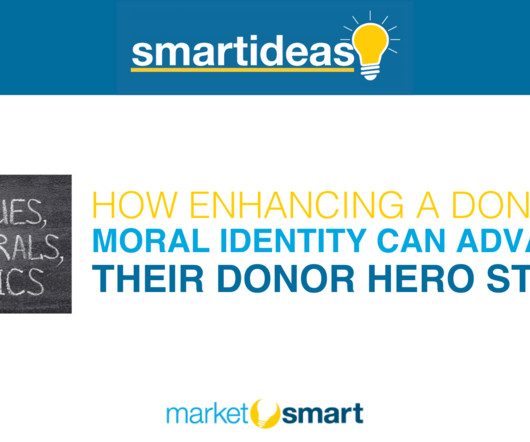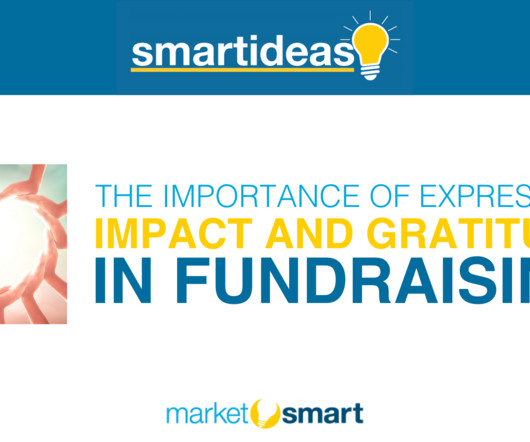Nonprofits as Battlegrounds for Democracy
NonProfit Quarterly
MARCH 20, 2023
Image Credit: cottonbro studio on pexels.com It’s not often that a body of work comes along that makes us ask big questions about the nonprofit sector. Claire Dunning’s new book, Nonprofit Neighborhoods , is one. In it, she not only traces the development of the nonprofit sector.

















Let's personalize your content